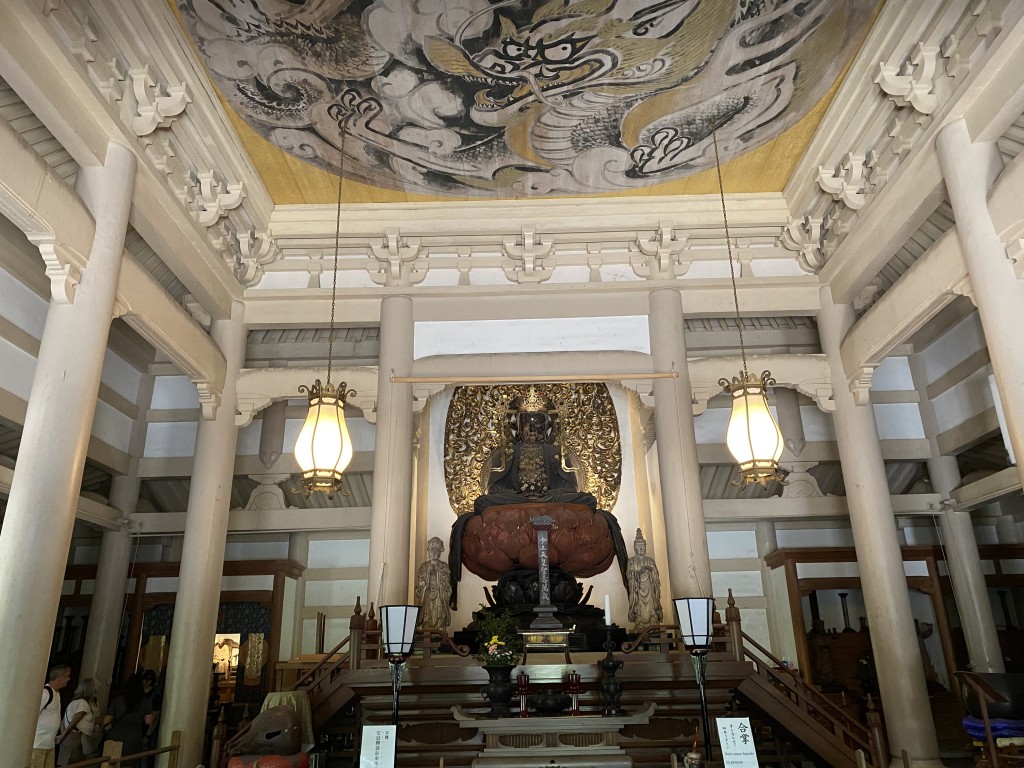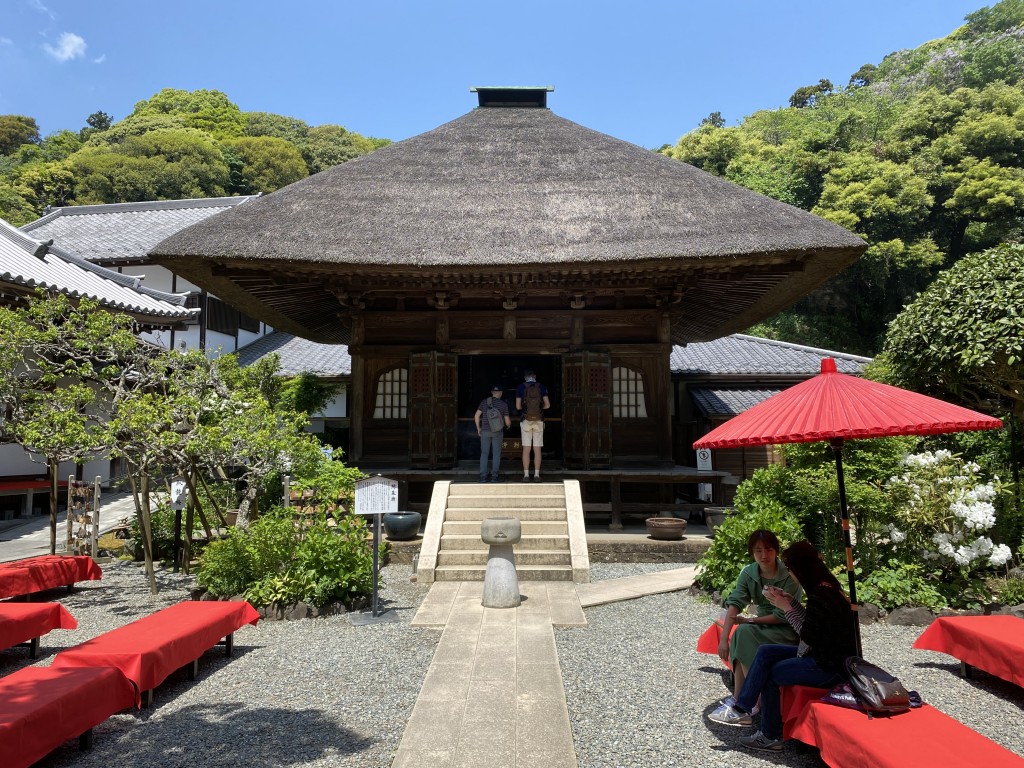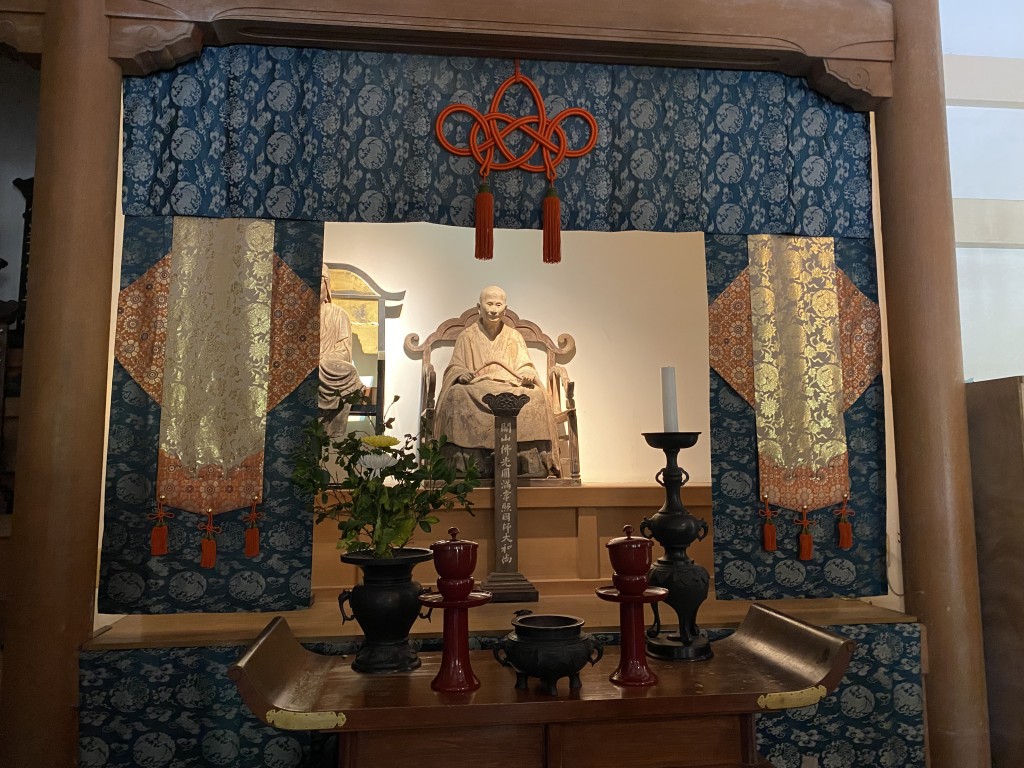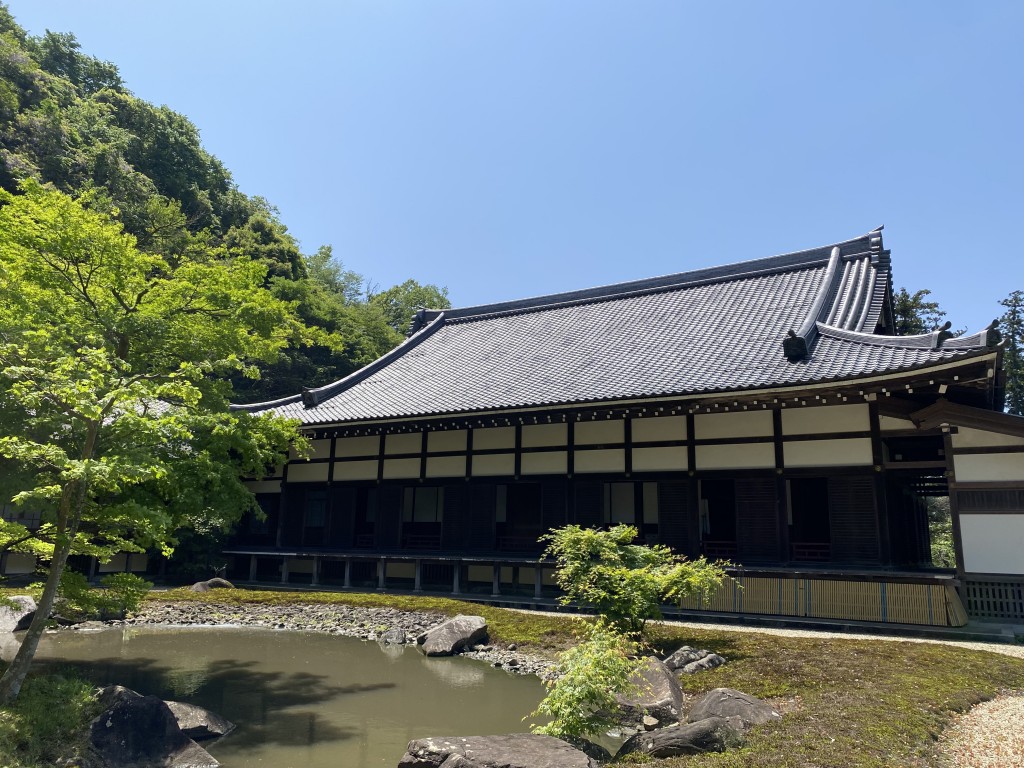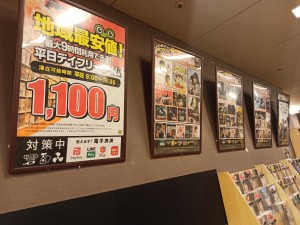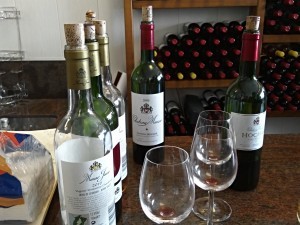
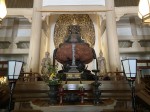
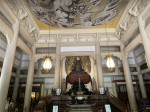
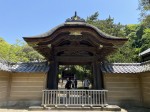
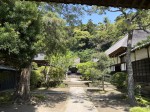
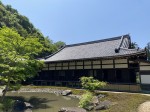
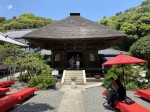
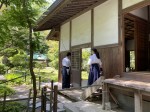
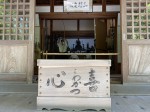
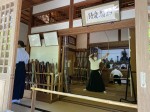
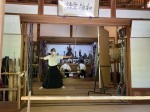
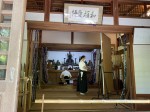
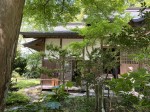
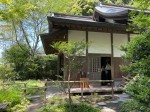
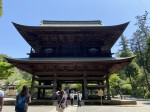
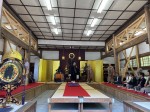
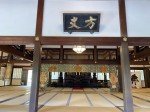
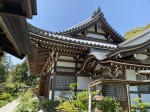
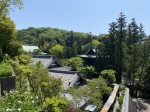
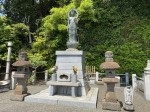
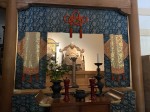
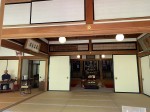
Once you are in Kamakura, you should visit Engakuji Temple that is the main temple of the Engakuji sect, the school of Rinzai Zen Buddhism.
Engakuji Temple in Kamakura
Engakuji is a Buddhist temple founded in 1282 for Hojo Tokimune who was the regent of the Kamakura shogunate. Hojo Tokimune played a significant role in the Japanese history because he led the army against Mongol invasions. His highest priest was the great monk Mugaku Sogen that originated from China but was spending his life in Japan. Mogaku Sogen, who lived during the Song era, is also known under the name Bukko Koikushi.
The main goal of the Engakiju temple was to pay honor to all these that died during invasions. However not only to Japanese warriors but also to those from enemies’ armies.
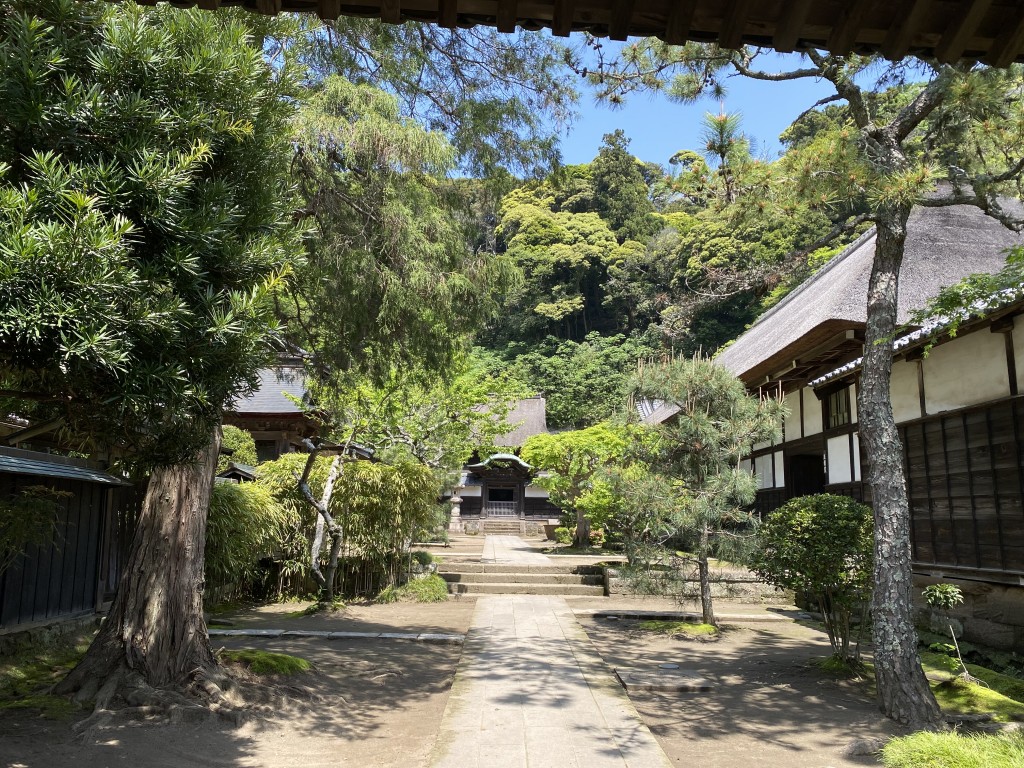
Mugaku Sogen (Bukko Kokushi)
The great monk and Zen Master Mugaku Sogen (1226~1286) was also known under the name Bukko Kokushi. He was born in China and left his home at the age of 12 to start his priesthood. He was invited to Japan by Hojo Tokimune who was a deeply devoted Zen follower. Mugaku Sogen arrived in Japan during Mongol invasions and at the beginning he served as the highest priest of the Kenchoji Temple.
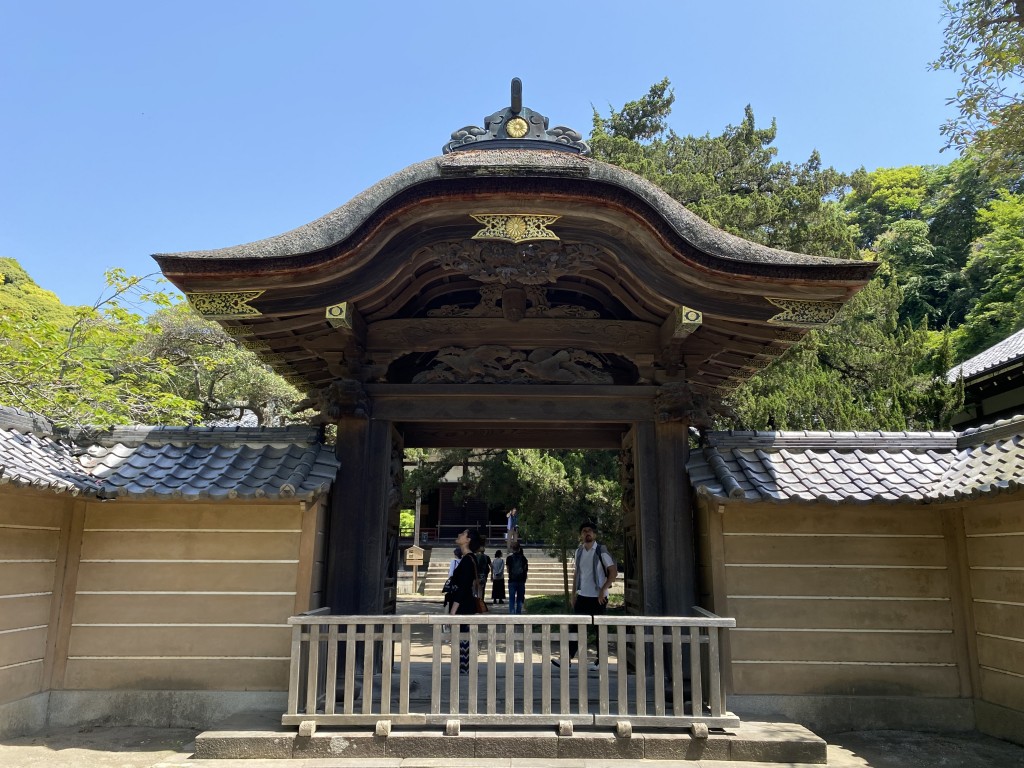
Temple of Spirit
Engakuji Temple has many bad times of decline. Many fires did hugely affect the temple. However, at the end of the Edo era, the grand Zen Master, Saisetsu Shucho, started the process of recovery of the temple. His work led to the creation of the base for the current temple.
During the Meiji period many monks and seculars started meditating and practicing Zen. These practices, under Zen Masters Imakita Kosen and Soyen Shaku, did convert Engakuji Temple into the Zen center of the Kanto region.
Currently, Engakuji Temple still keeps its meditation halls open to the public. Here, meditation sessions and summer courses are handled here. For many people, Engakuji Temple is a Temple of Spirit.
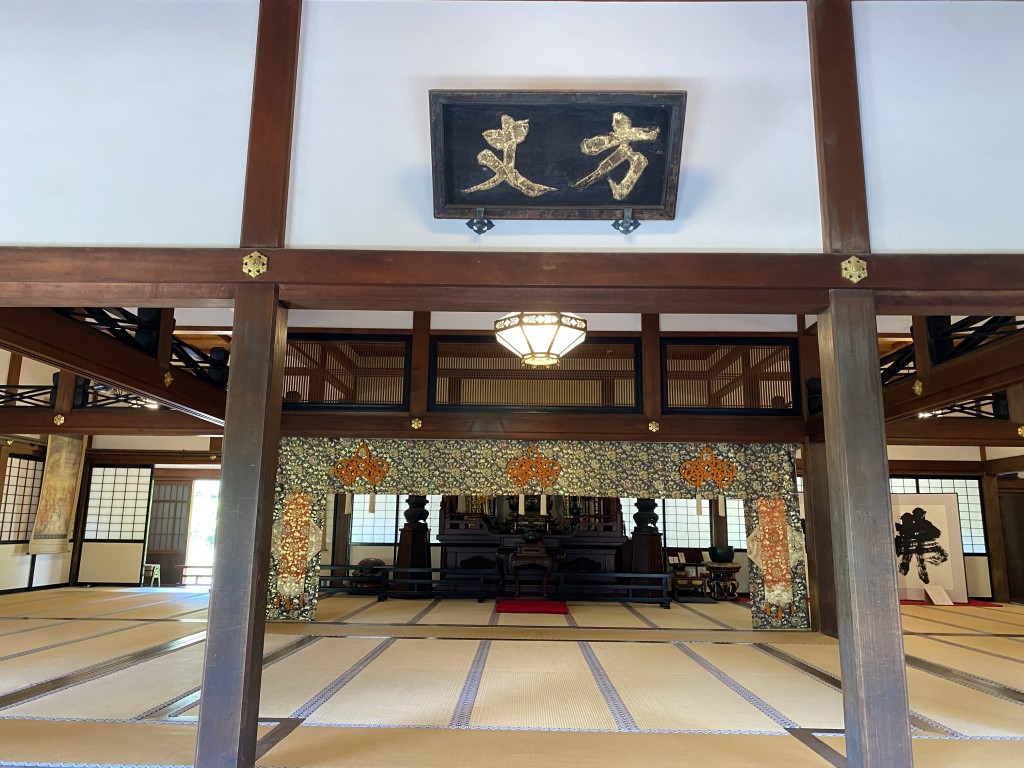
Shariden (National Treasure)
In Shariden is stored the Buddha Tooth brought from China from Nengren Temple on request of Shogun Minamoto no Sanetomo. Shariden is a National Treasure highlighting magnificence and splendor of the Tang Dynasty that came from China at the end of the Kamakura period.
Ogane (National Treasure)
Ogane or The Great Bell was founded in 1301 as an order of Hojo Sadatoki when he retired to the Sanctuary of Enoshima Benzaiten to pray for harmony and peace on the world.
Batsuden
In this building is stored the statue of Hokan Shaka Nyorai, the main object of the adoration in Engakuji Temple. The construction suffered during the Great Kanto Earthquake in 1923 and was later reconstructed in 1964.
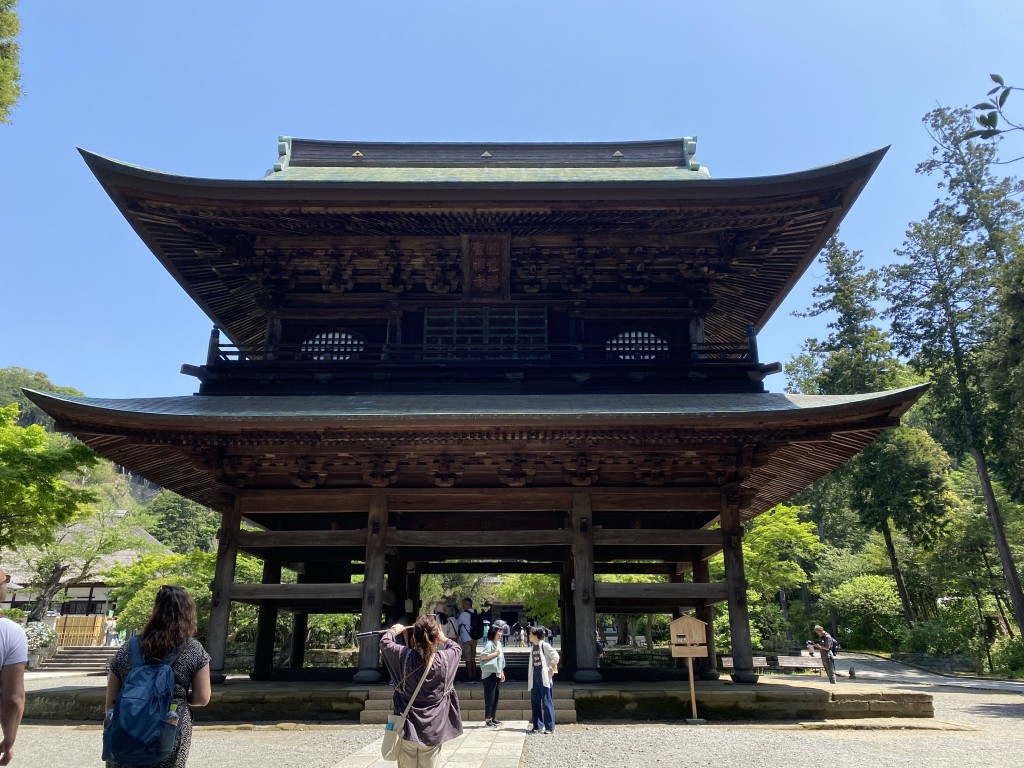
Sanmon
Sanmon or the Main Gate was reconstructed in 1785 when the highest priest Seisetsu Shucho (known also under the name of Daiyu Kokushi) carried the recnstruction of the whole Engakuji Temple. On the inscription on the wooden mounting of the gate one can reed “Engaku Kosho Zenji”, that is another name of the temple. These inscriptions were hand made by Emperor Fushimi. On the upper floor of the Sanmon Gate are statues from the Canon of Eleven Faces and Sixteen Arhats.
Kaikibyo
Kaikibyo is a mausoleum of the founder of Engakuji Temple - Hojo Tokimune. The current structure was reconstructed in 1811
Shozokuin
Shozukin is consecrated for Mugaku Sogen (Bukko Kokushi), the first Highest Priest of the temple. The Zen Master, who was invited by the regent of the shogunate – Hojo Tokimune, lived here to serve as the Main Priest. Currently, the building is used for teaching Zen.
Kojirin
Koijirin is used for practicing Zen and teachings for seculars. The name “Kojirin” derives from the word “Koji” that refers to all Zen practicians that are not monks. It is open to the public for Zen Meditation classes.
Hojo
Hojo was originally the main building for the Chief Priest of the temple. However, nowadays it is used for special ceremonies like commemoration, meditation sessions, sermons, summer courses and other classes. Apart from that, during October, Hojo hosts the exhibition of Treasures.
Bentendo
This building is consecrated for God Benzaiten, the personage that was ritually transferred to Engakuji from Enoshima.
In consequence, every 60 years takes place a big festival in both temples – Engakuji and Enoshima.
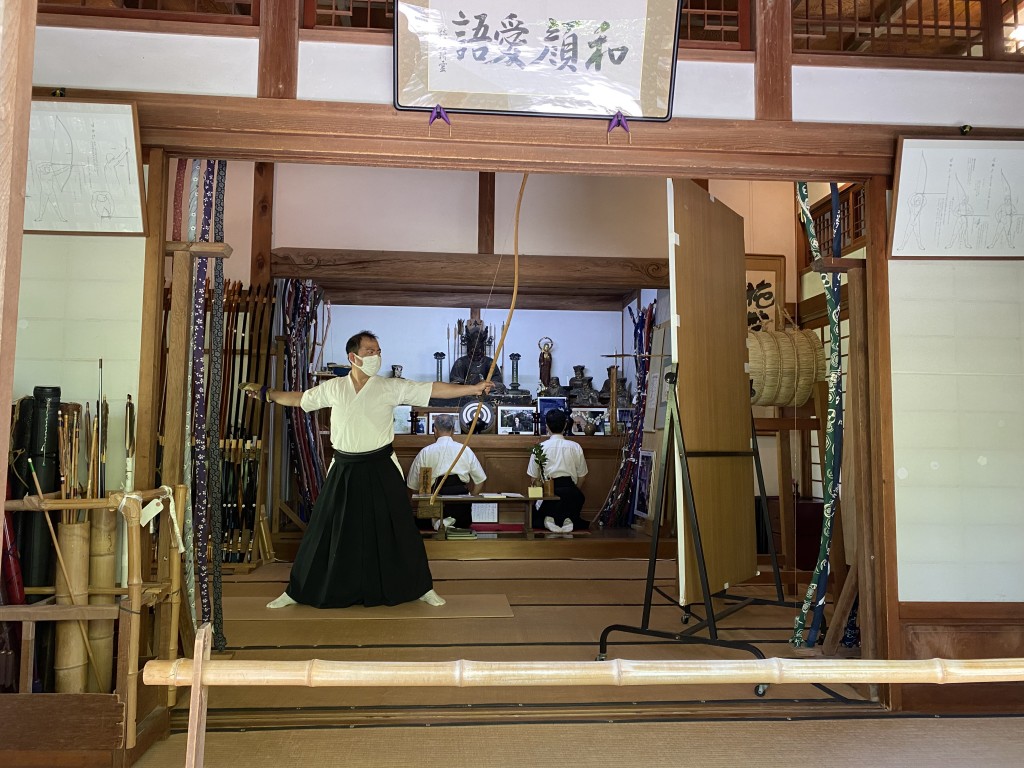
Philosophy of the The Great Zen Master – Mugaku Sogen
The Great Zen Master – Mugaku Sogen, the highest priest of the Engakuji Temple doctrine is that the fact of our existence is the sign that Buddha exists. There is nothing more venerable than that. It is really important to practice and understand from the deepest heart what is true and follow that path. To be conscious of one’s true being, to live in a good way and in joy and happiness is what this Zen school promotes.
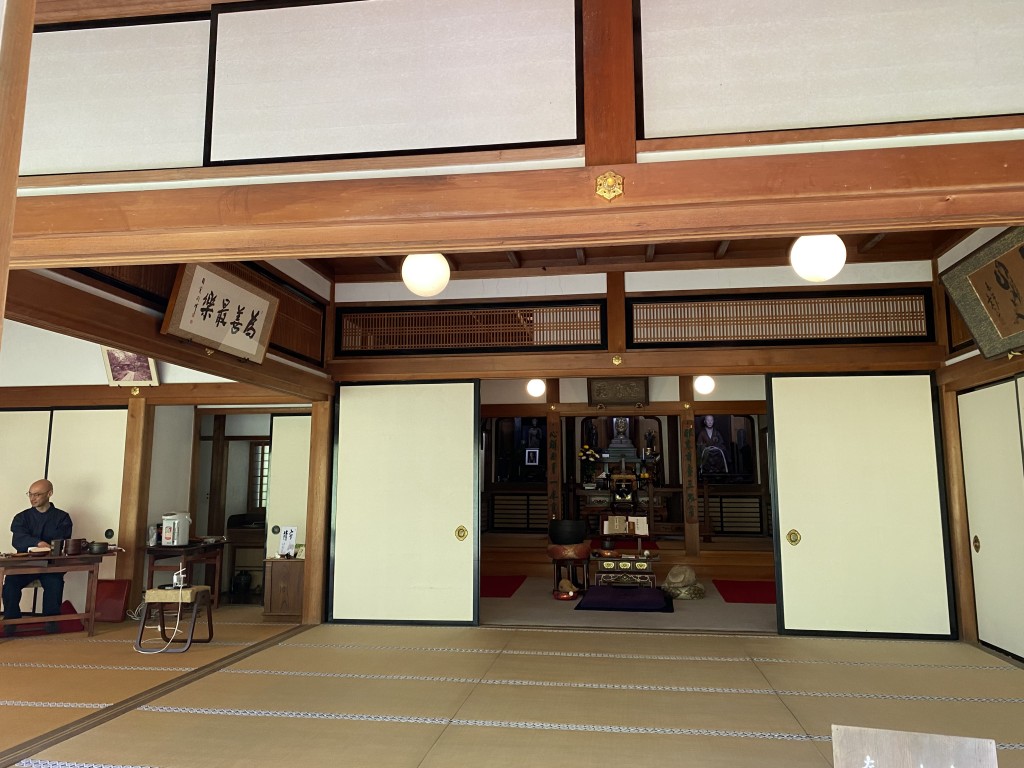
Meditation sessions
Early morning Meditation Zen Session (in Butsuden)
Every day (except for the New Year and at the beginning of October): 6:00 AM ~7:00 AM
Sunday Sermon (in Hojo)
Every 2nd and 4th Sunday of each month. The sermon starts at 9:00 AM and is followed by a Zen meditation session until 11:00 AM.
Saturday Meditation Zen Sessions (in Kojirin)
Every Saturday
For very beginners – the first time: 1:20 PM ~ 2:20 PM
For other: 2:40 PM ~ 3:40 PM
Please arrive 15 minutes earlier.
Date: 2025-04-16
Author: Beti – A passionate traveler and lover of Asian cuisine, especially Thai and Japanese dishes, Bernadeta brings her culinary and cultural experiences to life in her writing. Beyond her travels, she’s an avid technology enthusiast with a deep interest in data processing, merging her love for exploration with analytical insights.
Photographer: Adalbert – An aficionado of computers and photography, Adalbert captures the essence of diverse cuisines with a discerning eye. A connoisseur of rich flavors and particularly fond of meat-based dishes, he combines his technical skills with his passion for the culinary arts in every shot.
